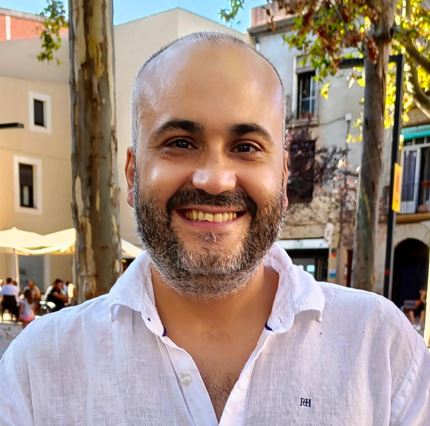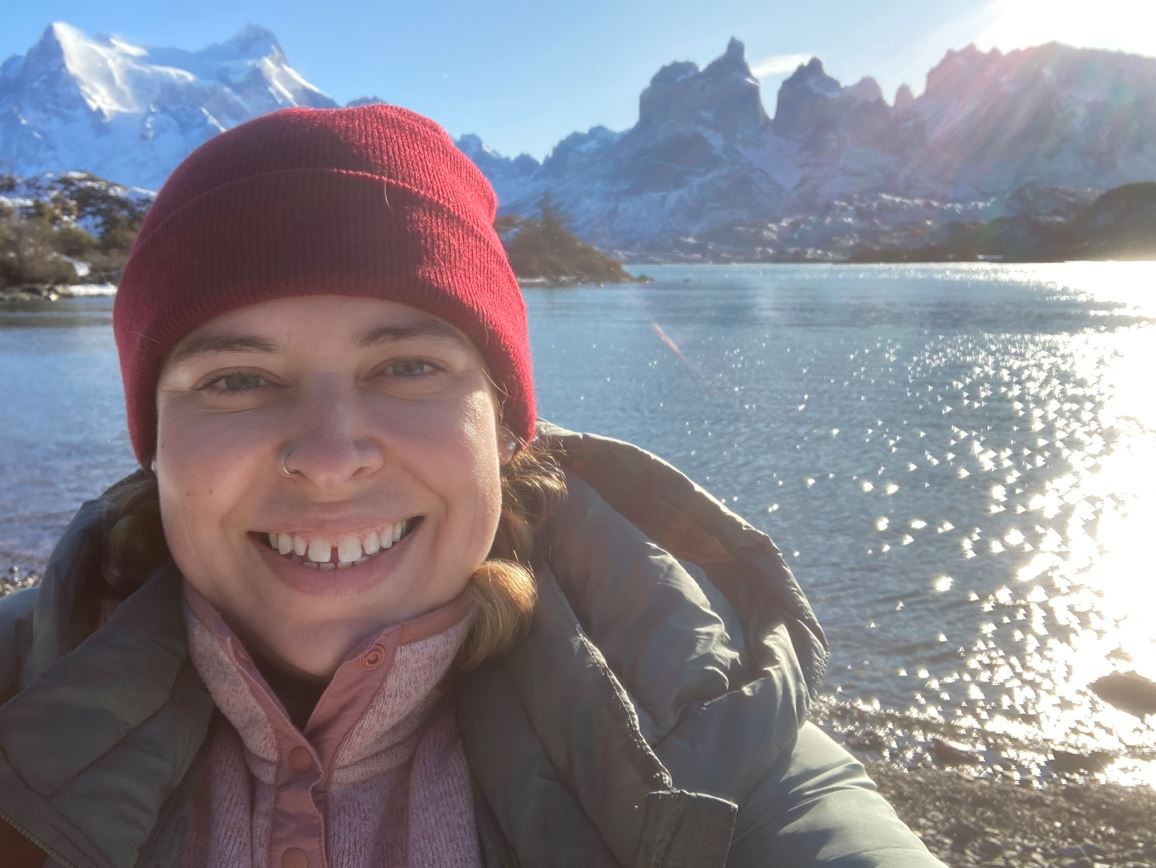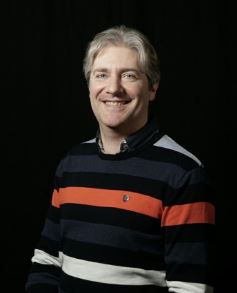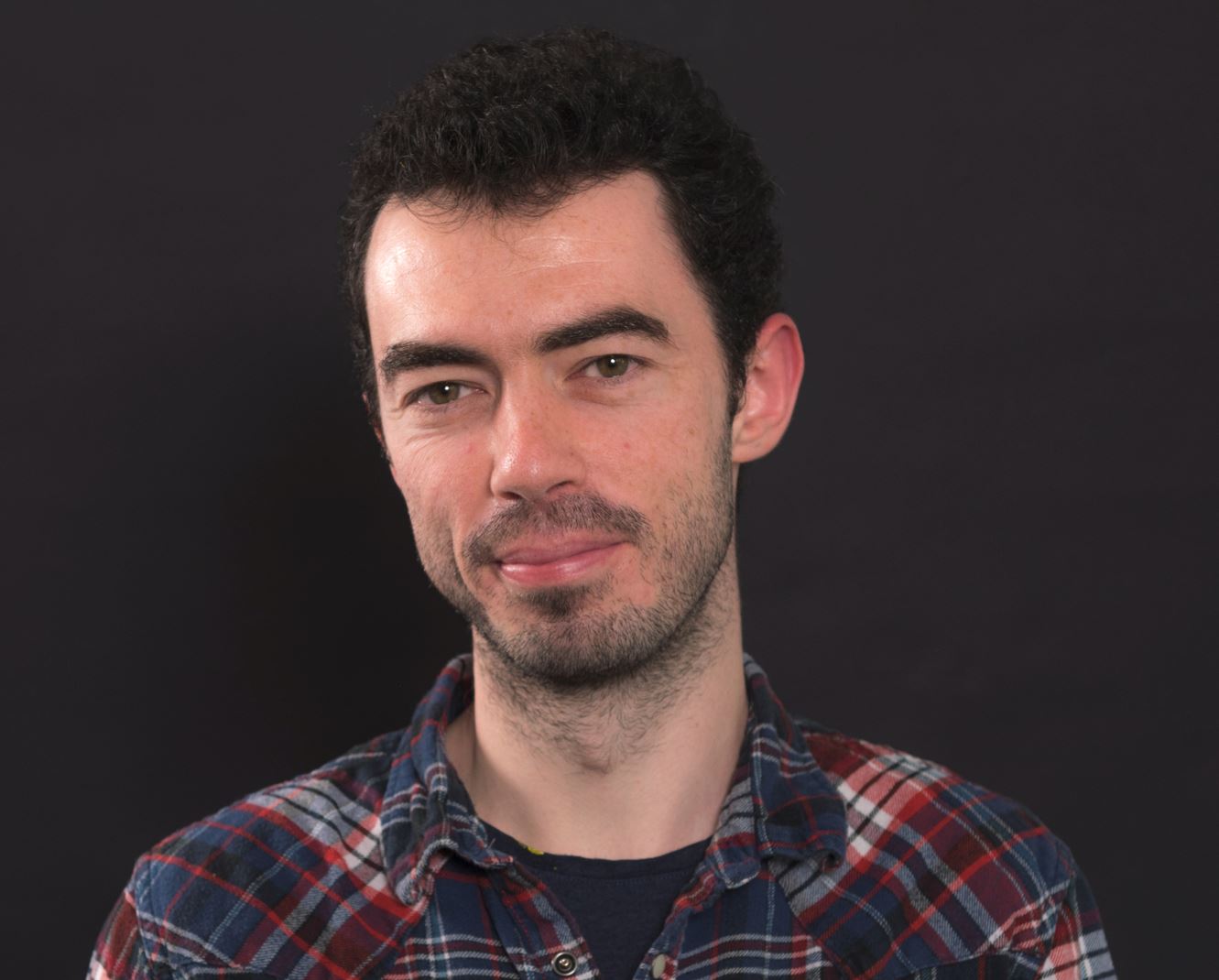CeRVIM Seminar
Convolutional neural networks and visual illusions: Can they fool each other?
Javier Vazquez-Corral
Associate Professor, Autonomous University of Barcelona
Researcher, Computer Vision Center, Barcelona
Tuesday, July 4, 2023, 2:30 p.m., PLT-3370
Abstract
Visual illusions teach us that what we see is not always what is represented in the physical world. Their special nature makes them a fascinating tool to test and validate any new vision model proposed. In general, current vision models are based on the concatenation of linear and non-linear operations. The similarity of this structure with the operations present in Convolutional Neural Networks (CNNs) has motivated us to study two research questions:
– Are CNNs trained for low-level visual tasks deceived by visual illusions? If this is the case, a way to obtain CNNs that better replicate human behaviour, might be to start aiming for them to better replicate visual illusions.
– Can we use current deep learning architectures to generate new visual illusions that trick humans?
References
[1] “Convolutional neural networks can be deceived by visual illusions” A Gomez-Villa, A Martin, J Vazquez-Corral, M Bertalmío, CVPR 2019
[2] “Color illusions also deceive CNNs for low-level vision tasks: Analysis and implications”, A Gomez-Villa, A Martín, J Vazquez-Corral, M Bertalmío, J Malo, Vision Research 176, 156-174
[3] “On the synthesis of visual illusions using deep generative models”, A Gomez-Villa, A Martín, J Vazquez-Corral, M Bertalmío, J Malo, Journal of Vision 22 (8), 2022

Biography
Javier Vazquez-Corral is an Associate Professor at the Autonomous University of Barcelona and a researcher at the Computer Vision Center. Prior to that, he held post-doctoral positions both at the Universitat Pompeu Fabra in Barcelona and at the University of East Anglia in Norwich, United Kingdom. His main research interest is computational colour, in which he has developed novel approaches to solve different problems ranging from colour constancy to colour stabilization, colour characterization, colour gamut mapping, high dynamic range imaging, image dehazing, image denoising, and vision colour properties such as unique hue prediction and colour naming.
The presentation will be given in English and the slides will be in English.


